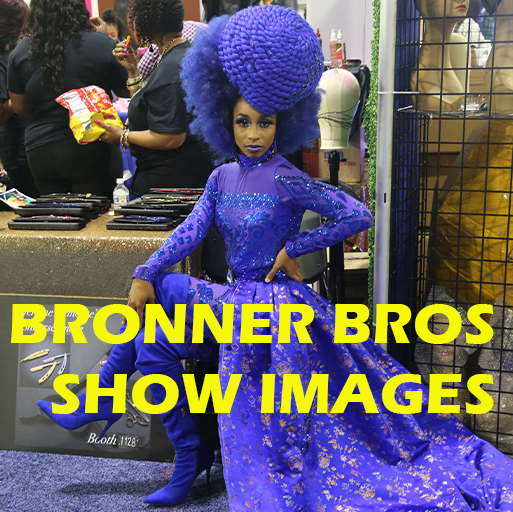Women’s professional soccer teams have been making significant strides in recent years, gaining increased recognition and popularity across the globe. With talented players and passionate fans, the women’s game is steadily moving toward achieving equality with its male counterpart, both in terms of pay scale and fan engagement.
One of the most prominent issues in women’s soccer is the stark contrast in pay scale compared to men’s soccer. Historically, women players have faced substantial disparities in wages, bonuses, and overall financial compensation. This disparity can be attributed to several factors, including lower revenue generation, smaller broadcasting deals, and a lack of investment in women’s sports. For instance, in some countries, women soccer players are paid a fraction of what their male counterparts earn, despite achieving remarkable success and winning numerous championships.
The wage gap has been a contentious topic in the sports world, leading to widespread calls for equal pay and equal treatment. In recent years, there have been positive changes, with some organizations and leagues taking steps to bridge the gap. The United States Women’s National Team (USWNT), for example, fought a high-profile legal battle for equal pay, advocating for gender equality in the sport. This movement, combined with growing public awareness and support, has put pressure on governing bodies and organizations to address the wage gap issue.
While progress has been made, there is still much work to be done to achieve full equality. One of the primary drivers of increased fan engagement for women’s soccer is visibility. As the women’s game gains more exposure through broadcasting, media coverage, and marketing efforts, it attracts a broader audience, contributing to growing fan interest.
To bring in more fans and enhance the overall appeal of the women’s game, several strategies can be implemented. Increased marketing and promotion efforts are vital to showcase the players’ talents and the excitement of the sport. Investing in grassroots development programs and expanding access to women’s soccer will also help identify and nurture young talent, fostering a strong and competitive talent pool.
Additionally, forming strategic partnerships with sponsors and broadcasters can significantly increase the visibility of women’s soccer. By securing broadcasting deals and sponsorship agreements, teams can expand their reach and attract new fans. Social media platforms have proven to be a powerful tool for engaging with fans, and leveraging these platforms effectively can help create a passionate and connected community of supporters.
Among the women headliners in the sport, several players have made a remarkable impact, not only on the field but also in promoting gender equality in sports. One standout figure is Megan Rapinoe, the outspoken and dynamic midfielder from the USWNT. Rapinoe has been a vocal advocate for gender equality and LGBTQ+ rights, using her platform to champion important social causes. Her performances on the pitch have been exceptional, winning multiple accolades, including the Ballon d’Or Feminin.
not only on the field but also in promoting gender equality in sports. One standout figure is Megan Rapinoe, the outspoken and dynamic midfielder from the USWNT. Rapinoe has been a vocal advocate for gender equality and LGBTQ+ rights, using her platform to champion important social causes. Her performances on the pitch have been exceptional, winning multiple accolades, including the Ballon d’Or Feminin.
Another influential player is Ada Hegerberg from Norway. Hegerberg has excelled in club football, notably with Olympique Lyonnais, where she played a key role in their Champions League successes. Unfortunately, she has decided to step away from representing her national team due to issues with the Norwegian Football Federation, highlighting the challenges and complexities women players face in their pursuit of equality.
Other notable players include Sam Kerr from Australia, a prolific goal scorer and leader for both her country and clubs, and Pernille Harder from Denmark, whose skill and technical ability have earned her widespread recognition. These players and many others are not just stars on the field but also influential figures who are driving positive change in women’s soccer.
For women to achieve equal pay with their male counterparts, several crucial steps must be taken. Firstly, sponsors and broadcasters must invest more in women’s soccer, providing financial backing and increased exposure to the sport. This will boost revenue streams and create a sustainable financial model that can support equal pay for women players.
National football federations and governing bodies also play a crucial role. By committing to pay equity and implementing policies that promote gender equality, they can set the standard for equal treatment in the sport. Additionally, they should work to provide more opportunities for women in leadership positions within football organizations, creating a more inclusive and diverse landscape.
Furthermore, increasing attendance at women’s matches is vital. Fan support translates to increased revenue from ticket sales, merchandise, and concessions, all of which contribute to better financial conditions for the teams and players. To achieve this, fan engagement initiatives, promotional events, and accessible ticket prices can be utilized to draw in more spectators.
In conclusion, women’s professional soccer teams have made significant progress in recent years, but there are still challenges to overcome to achieve full equality with men’s soccer. Bridging the pay gap and increasing fan engagement are two critical areas that require concerted efforts from all stakeholders involved. By investing in marketing, promotion, and grassroots development, women’s soccer can continue to grow its fan base and generate more revenue. Additionally, key figures like Megan Rapinoe and Ada Hegerberg have been instrumental in advocating for gender equality and inspiring change in the sport. To achieve equal pay, a combination of increased investment, supportive governing bodies, and fan support is essential. With continued determination and collaboration, women’s soccer can strive towards achieving the recognition and rewards it rightfully deserves.














